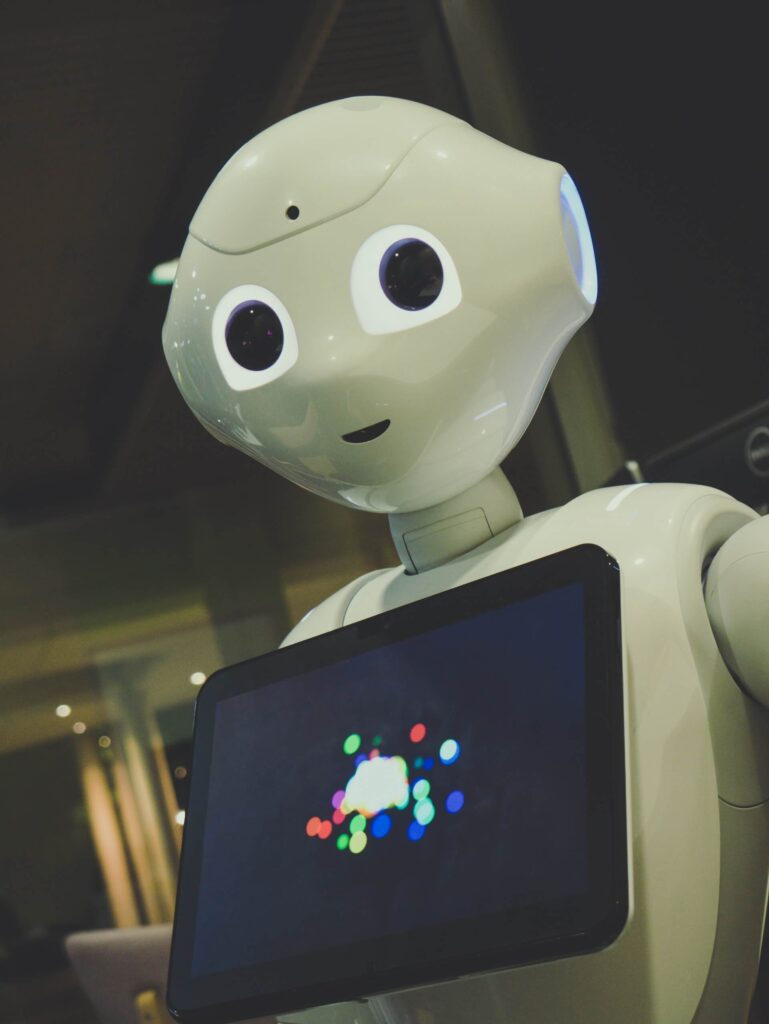There are many success stories of the help of 5G connectivity and artificial intelligence to sport, it is worth talking about some cases, such as the Football Navigation application, from the Korean Aimbroad, designed for those great fans who want to know still a little more of their teams.
It is an application that brings the artificial intelligence already used by the technical bodies of top-level teams to the average viewer anywhere in the world.
Its promoters affirm that it gives the possibility to “football lovers” to visualize the statistics of the players, even predict their future movements, as well as recover the best plays of the game, including the application that seeks to predict what would have happened if the game had behaved otherwise in the field: all automated with artificial intelligence and in real time.
For its part, Humanox has smart shin guards, already adopted by elite teams, with which it is possible to analyze heart rates or control the body temperature of the players.
They are capable of collecting in real time up to 50,000 data of the player who carries them with which it is sought to protect the player’s health.
Another initiative of this company is the Huox cardio patch, a patch capable of measuring temperature and heart rate and performing an electrocardiogram in real time for 24 hours in a row: it does not need cables, weighs only 10 grams and measures 55 millimeters high by 4 millimeters of thickness.
Regarding the aspect of avoiding knee injuries in elite athletes, the Eyesport project of the Institute of Biomechanics (IBV) should be highlighted, a pioneering work in Spain that allows detecting “anomalies” in the knee using a non-invasive 4D scanner, without need for sensors or electrodes that leave the player several dates off the court.
In addition, artificial intelligence is used within the framework of the 4Health project to generate tools to help diagnose injuries in this area using radiographic images of the knee by applying AI algorithms.
Another project of the company is the one that takes place in the Abanca-Riazor Stadium in A Coruña, headquarters of the Real Club Deportivo, together with Cinfo and Ericsson, where a dedicated 5G network has been installed, making it the European stadium with the deployment of 5G more complete and with greater use cases.
For its part, the Wanda Metropolitano stadium has become the first 100% digital stadium in Europe thanks to Telefónica technology in search of generating a unique experience for spectators, through technologies such as IoT or big data.
The stadium offers a hyper-connected space with an extraordinarily powerful network infrastructure in which all the services that the club needs are housed, as well as food orders can be made through the app and also being able to track each attendee in real time will avoid problems security among other advantages offered by the new stadium.
